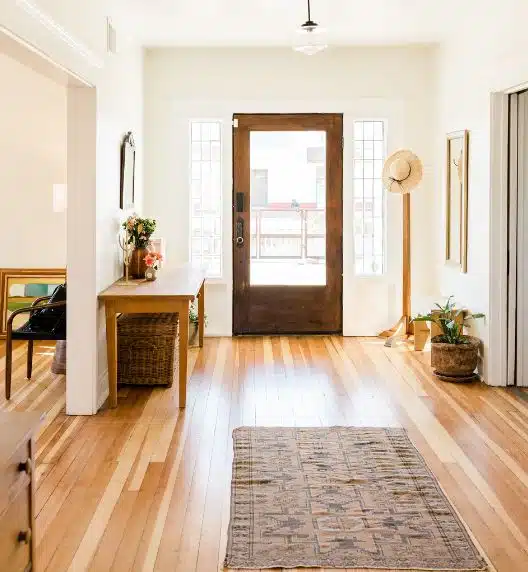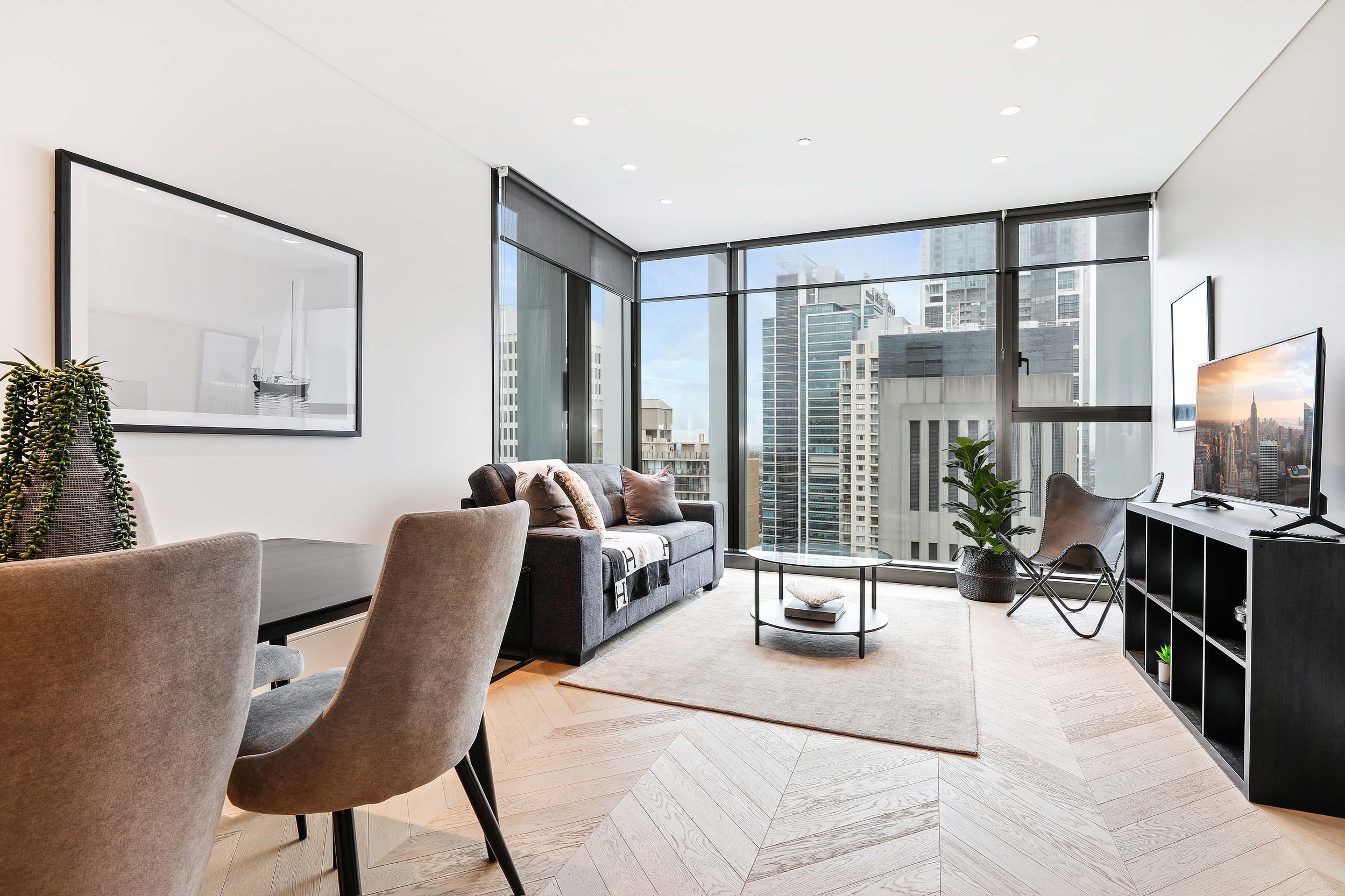Short Term Rental Accommodation Compliance
Talk to us about ensuring your rental property meets compliance
STRA Compliance Services Tailored for NSW Hosts
Navigating the rules around short-term rental accommodation (STRA) in New South Wales can be overwhelming. That’s where HomeHost steps in. Specialising in full-service STRA compliance, the team ensures your property meets all the mandatory safety and regulatory standards required by the NSW Government.
Whether you’re renting out a single dwelling, a multi-unit apartment, or managing a short-term portfolio, HomeHost delivers a personalised compliance solution. From installing fire safety equipment and evacuation diagrams to conducting routine inspections and providing ongoing support, everything is handled with precision and care. With expert knowledge of Class 1 and Class 2 building types, HomeHost helps property owners confidently meet their legal obligations while keeping guests safe and satisfied.


Why HomeHost?
HomeHost is across these new rules and our team are available to service your home throughout NSW to implement the requirements for this new legislation piece and ensure your home is safe and guest ready.
Our team will provide tailored solutions and engage our partners to meet the individual needs of property owners, including the installation of evacuation diagrams, checking your wireless smoke alarms, and installing fire extinguishers and blankets.
We take the guesswork out of compliance by offering hands-on support and practical advice every step of the way. With a focus on quality, speed, and safety, our service helps property owners stay fully compliant without the stress
What are the new STRA compliance requirements?
The New South Wales State Government has implemented new state-wide regulations for Airbnb and other short-term rental accommodation (STRA).
These mandatory fire standards will apply to any host who wants to rent a private dwelling to the public from November 1, 2021.
These regulatory frameworks seek to ensure local communities continue to enjoy the economic benefits of Short-Term Rental Accommodation (STRA)while managing risk to the guest by the adverse impact on people unfamiliar with the property, which is now required as part of the Code of Conduct.


Essential Compliance Items for Your STRA Property
Some of the rules to adhere to are listed below;
- Smoke and Heat Alarms – wireless interconnected with non-removable 10-year lithium batteries.
- Up to four (4) Evacuation Diagrams installed on or adjacent to the entrance and bedroom doors.
- Supply Fire Extinguisher and Fire Blankets.
- Emergency contact numbers for your area (000).
- Assessment report on egress doors in Class 2 and Class 4 dwellings.
- Manage the ongoing bi-annual or routine annual inspections.
Gabriel and his team are excellent Airbnb managers. I couldn’t recommend HomeHost more highly.

What is my building classification?
Download the classification booklet below to identify what classification your short-term rental accommodation property is.

Proudly partnered with















